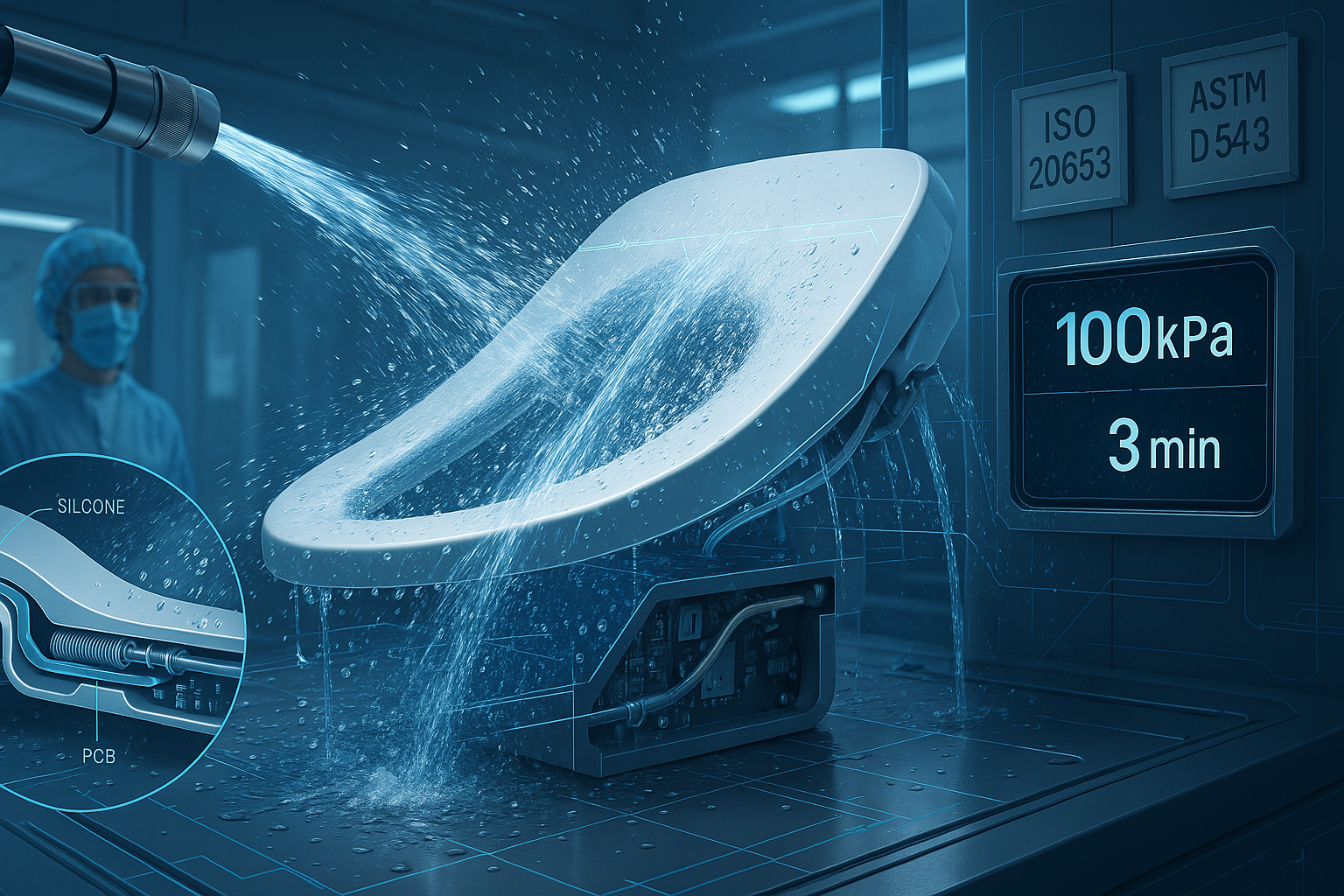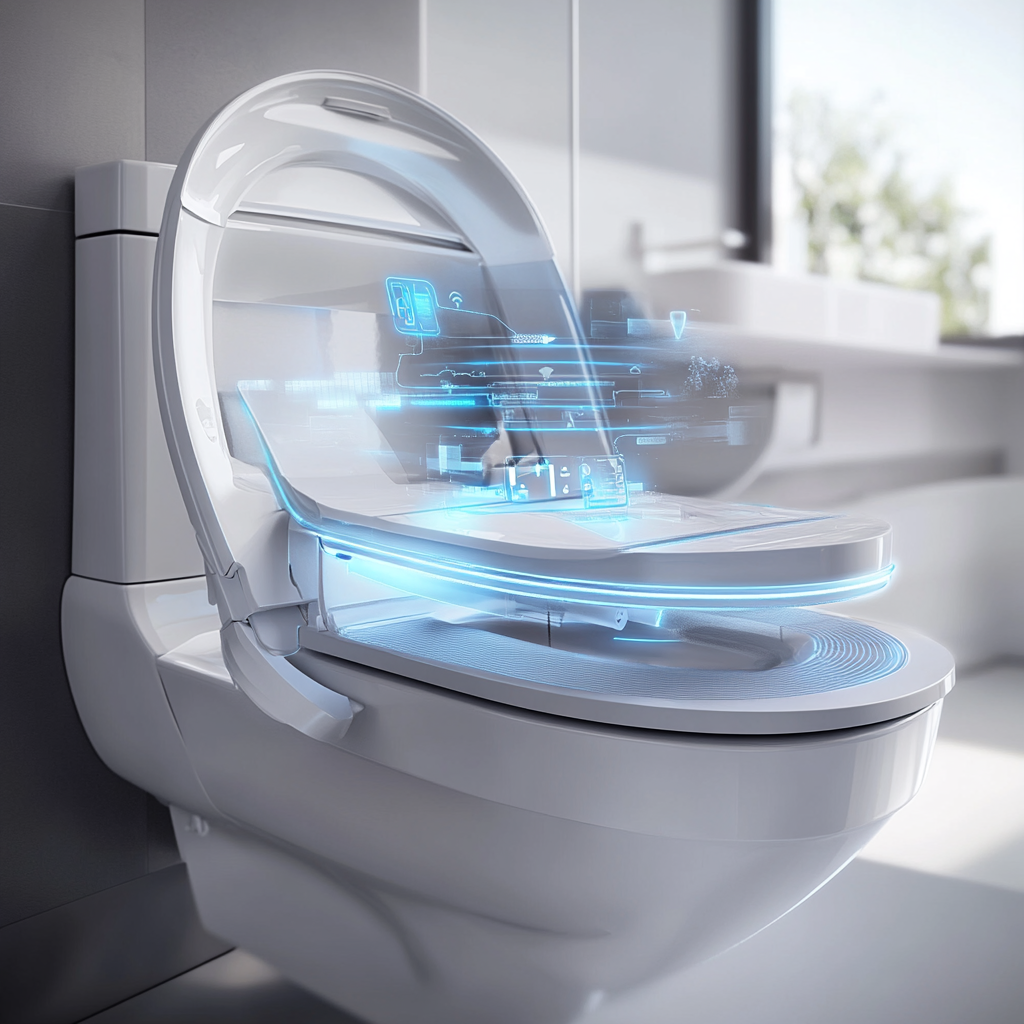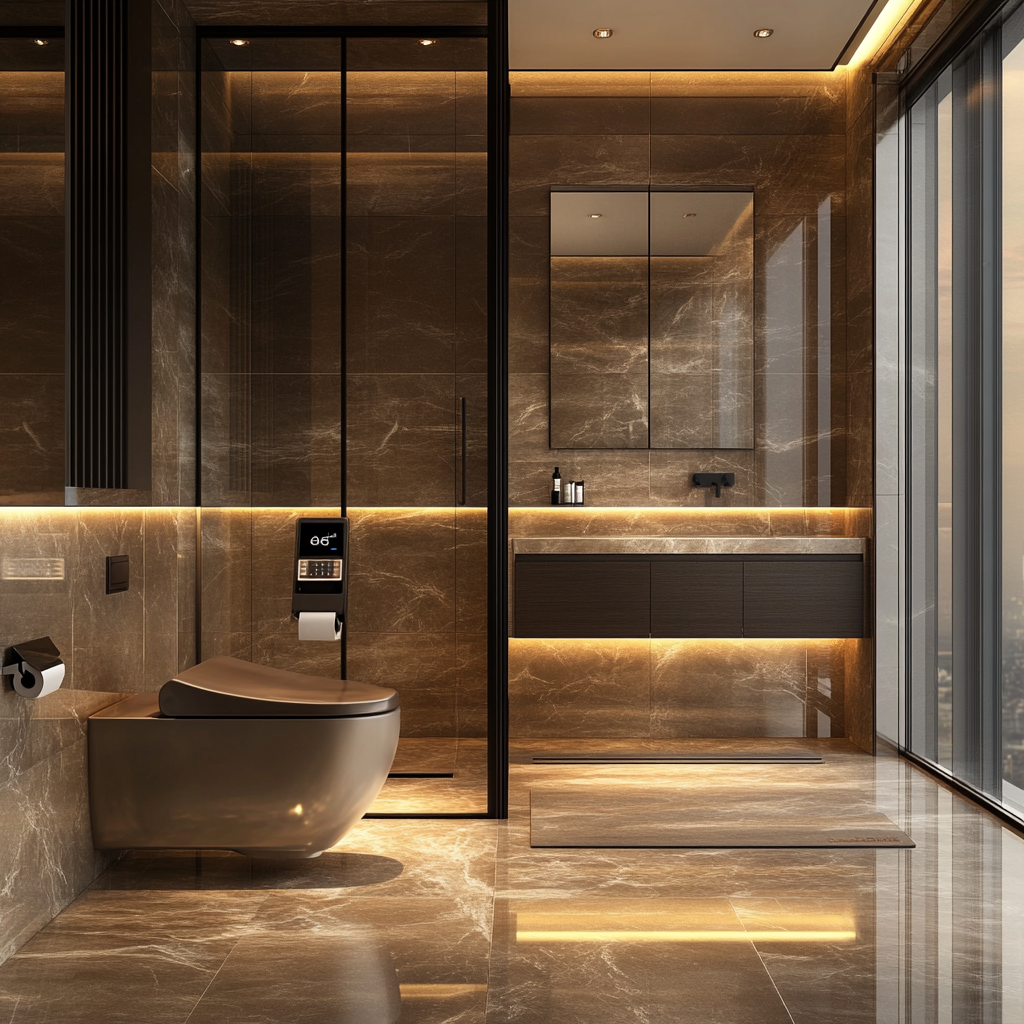The smart toilet seat industry is evolving rapidly, driven by technological advancements and changing consumer preferences. As we approach 2025, several key trends are shaping the future of this innovative product category.
For businesses in the hospitality, healthcare, and real estate sectors, staying ahead of these trends is crucial to meeting customer expectations and maintaining a competitive edge. Let’s explore the top trends that will define the smart toilet seat market in 2025.
Integration of IoT and Smart Home Technology
One of the most significant trends in the smart toilet seat industry is the integration of Internet of Things (IoT) technology. Smart toilet seats are becoming an essential component of connected homes and commercial spaces.
Remote Control and Monitoring
With IoT-enabled smart toilet seats, users can control features like temperature, water pressure, and bidet functions via smartphone apps. This level of convenience is particularly appealing to luxury hotels and high-end residential properties.
Predictive Maintenance
IoT technology also allows for predictive maintenance, where the system can alert users or facility managers about potential issues before they become major problems. This reduces downtime and maintenance costs, making it a valuable feature for commercial applications.
Focus on Sustainability and Water Efficiency
As environmental concerns grow, manufacturers are prioritizing sustainability in their smart toilet seat designs. Water efficiency is a key focus area, as businesses and consumers alike seek eco-friendly solutions.
Water-Saving Features
Many smart toilet seats now come with water-saving modes that reduce water usage during bidet functions. Some models even use advanced sensors to adjust water flow based on user preferences, ensuring minimal waste.
Eco-Friendly Materials
In addition to water efficiency, manufacturers are exploring the use of sustainable materials in their products. Recycled plastics and biodegradable components are becoming more common, appealing to environmentally conscious buyers.
Enhanced Hygiene and Health Monitoring
Hygiene has always been a selling point for smart toilet seats, but recent advancements are taking this to the next level. Health monitoring features are also gaining traction, making these products more versatile than ever.
Self-Cleaning Technology
Self-cleaning nozzles and UV sterilization are becoming standard features in high-end smart toilet seats. These innovations ensure a hygienic experience for users, which is especially important in healthcare facilities and public restrooms.
Health Tracking Capabilities
Some smart toilet seats now include sensors that can analyze urine and stool samples, providing insights into users’ health. This data can be synced with health apps, offering a convenient way to monitor wellness trends over time.
Customization and Personalization
Personalization is a major trend across all consumer products, and smart toilet seats are no exception. Manufacturers are offering more customizable options to cater to individual preferences.
Adjustable Settings
From seat temperature to water pressure and spray patterns, users can now customize every aspect of their smart toilet seat experience. This level of personalization is particularly appealing to luxury markets.
User Profiles
Some models allow multiple users to save their preferred settings, making them ideal for households or hotel rooms with frequent turnover. This feature enhances user satisfaction and reduces the need for manual adjustments.
Sleek and Modern Designs
As smart toilet seats become more mainstream, design is playing a bigger role in consumer decisions. Manufacturers are focusing on sleek, modern designs that complement contemporary bathrooms.
Space-Saving Models
Compact designs are gaining popularity, especially in urban areas where bathroom space is limited. These models offer all the features of traditional smart toilet seats but in a more streamlined package.
Aesthetic Appeal
From minimalist finishes to customizable LED lighting, smart toilet seats are becoming as much about style as they are about functionality. This trend is particularly important for high-end residential and hospitality projects.
Expansion into Emerging Markets
While smart toilet seats have traditionally been popular in developed markets like Japan and the United States, they are now gaining traction in emerging markets.
Growing Demand in Asia and Europe
Countries like China, India, and Germany are seeing increased demand for smart toilet seats, driven by rising disposable incomes and a growing focus on hygiene.
Affordable Options
To cater to these markets, manufacturers are introducing more affordable models without compromising on essential features. This strategy is helping to democratize access to smart toilet seat technology.
Conclusion: Staying Ahead of the Curve
The smart toilet seat industry is poised for significant growth in 2025, driven by technological innovation and shifting consumer preferences. For businesses, staying informed about these trends is essential to making informed purchasing decisions and meeting customer expectations.
Whether you’re a hotel chain, healthcare provider, or real estate developer,












